Introduction
Welcome to Taiwan — a compact island with big experiences. When planning your trip to Taiwan, understanding a good map of Taiwan becomes your starting point. Whether you’re looking at a printed map, a digital travel map, or plotting an taiwan itinerary from north to south, knowing how Taiwan is laid out, how its transport lines weave through mountains and coasts, and how to link destinations will make your journey far smoother. In this article, we’ll walk you through reading the taiwan map in English, highlight the major regions and travel corridors, show you how to plan your route visually on the map, and offer practical mapping tips for first‑time visitors.
Taiwan’s Geographic Position in Asia

Source: Globe Program
Taiwan is strategically located at the crossroads of East and Southeast Asia. This positioning gives the island both economic and cultural significance, making it a hub for travelers, trade, and technology. Surrounded by seas, Taiwan connects several major Asian nations through both geography and shared history.
🇯🇵 Taiwan and Japan – Northeast Neighbor
Taiwan lies roughly 1,100 kilometers southwest of Japan’s Okinawa Islands. The two share strong cultural and tourism ties—Japanese visitors make up one of Taiwan’s largest tourism groups. Centuries of exchange have shaped Taiwan’s architecture, education, and cuisine. Many scenic spots in Taiwan, such as Beitou Hot Springs and Alishan, reflect the influence of Japan’s Meiji-era modernization. Flights between Taipei and major Japanese cities like Tokyo, Osaka, and Fukuoka take just about three hours, making short-term travel frequent and convenient.
🇨🇳 Taiwan and China – Western Across the Strait
The Taiwan Strait separates Taiwan from mainland China by about 130 kilometers at its narrowest point. While politically distinct, Taiwan and China share linguistic and cultural roots, particularly seen in traditional Chinese characters, temple rituals, and festivals. Western Taiwan’s coastal plains face the strait, housing major ports like Kaohsiung and Keelung that connect to global trade routes. The proximity also allows cross-strait ferry services and frequent flights between select cities.
🇵🇭 Taiwan and the Philippines – Southern Link
South of Taiwan lies the Bashi Channel, separating the island from the northernmost Philippines by around 250 kilometers. The channel is a key marine passage where the South China Sea meets the Pacific Ocean. This southern connection influences Taiwan’s tropical climate and biodiversity. The southern counties of Pingtung and Taitung, as well as Green Island and Orchid Island, share ecological similarities with the northern Philippines—lush coral reefs, migratory birds, and warm ocean currents.
Understanding the Taiwan Map — Geography and Regional Overview
Taiwan’s landscape is a mosaic of mountains, plains, and coasts. The Central Mountain Range runs from north to south, dividing the island into two contrasting halves: the densely populated west and the scenic, rugged east. Each region tells a unique story through its history, food, and natural environment.
Northern Taiwan
🗺️ Geographic Overview:
- Located at the island’s northern tip, facing the East China Sea.
- Includes Taipei City (taiwan capital), New Taipei City, Keelung, and Taoyuan City.
- Characterized by volcanic hills, river basins, and coastal plains.
👉🏻 Regional Features:
- Serves as Taiwan’s political and economic hub, home to the capital and most international arrivals.
- Taoyuan International Airport is the primary entry point for global travelers, only 40 minutes from central Taipei by high-speed rail or highway.
- The region blends urban sophistication with traditional charm, where night markets, temples, and hot springs coexist.
📍 Must-Visit Attractions:
- Taipei 101 (Taipei City)
- Jiufen Old Street (New Taipei City)
- Shifen Waterfall (New Taipei City)
- Yangmingshan National Park (Taipei City)
- Tamsui Fisherman’s Wharf (New Taipei City)
- Daxi Old Street (Taoyuan City)

Central Taiwan
🗺️ Geographic Overview:
- Located in the island’s midsection, bordered by the Central Mountain Range to the east and the Taiwan Strait to the west.
- Includes Taichung City, Nantou County, Chiayi County, and Changhua County.
👉🏻 Regional Features:
- Known as Taiwan’s cultural and geographic heartland, it creates a rich taiwan culture menu because of its diversity.
- Combines art, agriculture, and highland adventure—from mountain forests to coastal wetlands.
- Offers a comfortable climate and a relaxed taiwan travel pace ideal for multi-day trips.
📍 Must-Visit Attractions:
- Sun Moon Lake (Nantou County)
- Gaomei Wetlands (Taichung City)
- Hehuanshan (Nantou County)
- Alishan National Scenic Area (Chiayi County)
- Lukang Old Street (Changhua County)
- Qigu Salt Fields (Tainan’s northern coast, accessible from Chiayi)
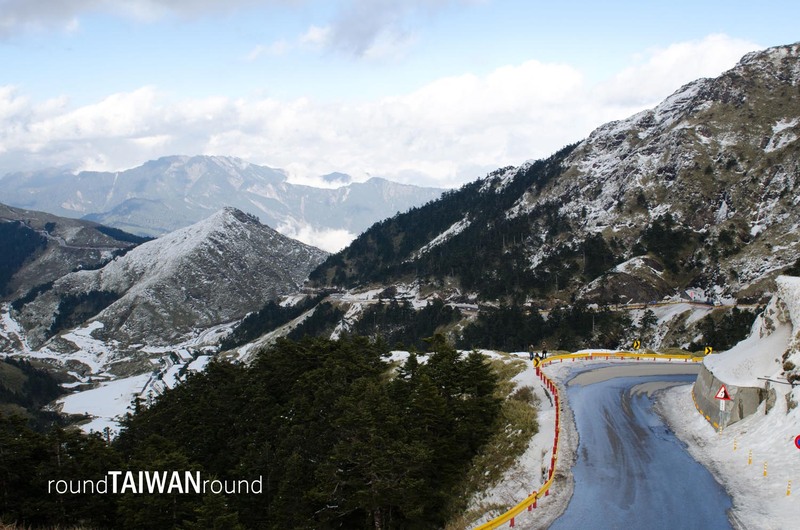
Southern Taiwan
🗺️ Geographic Overview:
- Encompasses Tainan, Kaohsiung, and Pingtung counties and cities.
- Defined by broad plains, tropical beaches, and the warm waters of the Bashi Channel.
👉🏻 Regional Features:
- Known for its sunny weather, deep-rooted traditions, and lively coastal energy.
- The region is rich in religious temples, street food, and maritime taiwan culture.
- Serves as Taiwan’s cultural and culinary heart, offering a blend of old and new Taiwan.
📍 Must-Visit Attractions:
- Tainan Confucius Temple (Tainan City)
- Anping Fort & Old Streer (Tainan City)
- Pier-2 Art Center (Kaohsiung City)
- Fo Guang Shan Buddha Museum (Kaohsiung City)
- Kenting National Park (Pingtung County)
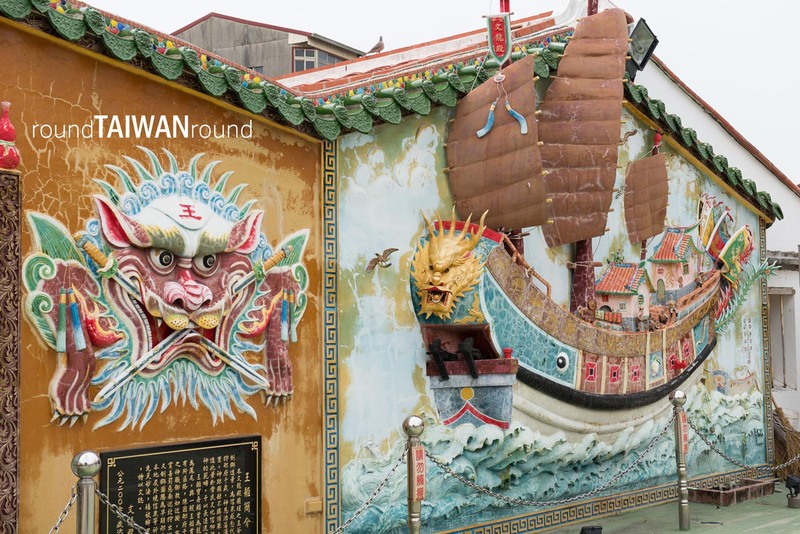
Eastern Taiwan
🗺️ Geographic Overview:
- Runs along the Pacific Ocean from Yilan County in the north through Hualien to Taitung in the south.
- Features soaring cliffs, fertile valleys, and stunning ocean views.
👉🏻 Regional Features:
- The most pristine and natural region of Taiwan.
- Home to many indigenous communities and eco-tourism hotspots.
- Ideal for travelers seeking peaceful coastal drives, outdoor adventures, and cultural immersion.
📍 Must-Visit Attractions:
- Taroko Gorge (Hualien County)
- Qixingtan Beach (Hualien City)
- East Rift Valley (Hualien & Taitung Counties)
- Sanxiantai Bridge (Taitung County)
- Taitung Forest Park (Taitung City)
- National Center for Traditional Arts (Yilan County)

Offshore Islands of Taiwan
🗺️ Geographic Overview:
- Scattered around Taiwan’s coastline — Penghu Archipelago to the west, Green Island and Orchid Island off the east coast, and Kinmen and Xiaoliuqiu near the Taiwan Strait.
👉🏻 Regional Features:
- Each island group has distinct geology and culture, ranging from coral reefs to volcanic terrain.
- Perfect for island-hopping, diving, and exploring Taiwan’s maritime roots.
- Many islands have preserved traditional lifestyles and indigenous heritage.
📍 Must-Visit Attractions:
- Penghu Islands (Penghu County)
- Green Island (Taitung County)
- Orchid Island / Lanyu (Taitung County)
- Kinmen (Kinmen County)
- Xiaoliuqiu (Pingtung County)
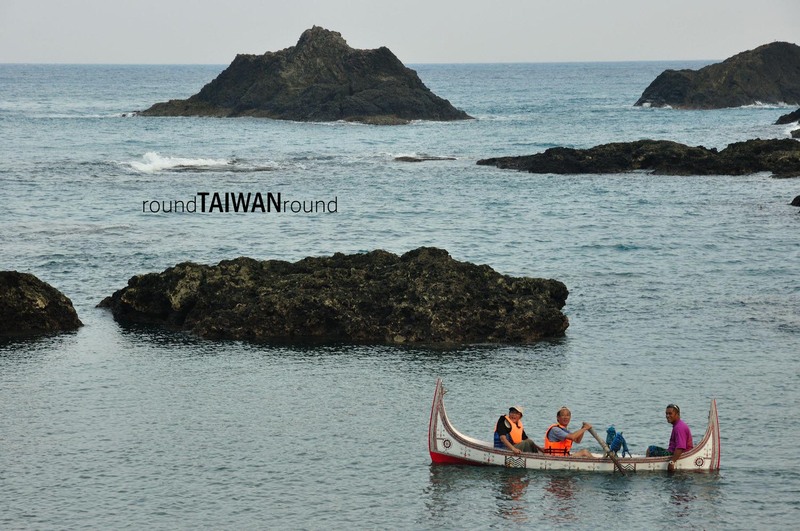
Navigating the Taiwan Map — Transportation Made Simple
Taiwan’s transportation system is efficient and traveler-friendly, making it easy to explore every region.
🚄 Taiwan High-Speed Rail (THSR)
Running along the western coast, the THSR connects Taipei to Kaohsiung in under two hours, with stops at key cities including Taoyuan, Hsinchu, Taichung, Chiayi, and Tainan. It’s perfect for travelers with tight itineraries.
🚂 Local Trains (TRA)
The TRA offers scenic routes, particularly along the east coast from Taipei to Taitung. The Eastern Line features coastal views, while branch lines access smaller mountain towns.
🚇 Metro Systems
Taipei MRT and Kaohsiung MRT are clean, efficient, and ideal for short-distance travel. Taipei’s network links major attractions such as Ximending, Taipei 101, and Beitou Hot Springs.
🚌 Long-Distance Coaches
Taiwan’s intercity bus networks, including Kuo-Kuang, UBus, and Ho-Hsin, connect taiwan cities and rural areas at affordable prices. Overnight buses also run between Taipei and southern cities.
🚗 Tripool Private Transfer Service
Tripool offers door-to-door transfers—ideal for travelers visiting remote spots like Alishan, Taroko, or Sun Moon Lake. It’s a stress-free way to explore without worrying about timetables or heavy luggage.
Exploring the Taiwan Map — Top Destinations and Highlights
Each region on the Taiwan map reveals its own cultural and natural treasures. Below are some most iconic must-visit spots in each area.
Northern Taiwan — Taipei 101, Jiufen, Shifen
-
Taipei 101 (Taipei City) – Towering at 508 meters, Taipei 101 was once the world’s tallest building and remains a defining symbol of Taiwan’s modern spirit. The high-speed elevator takes you to the 89th-floor observatory for panoramic views of the city and surrounding mountains.
💡 Travel Tip: Visit near sunset to watch Taipei’s skyline transition from daylight to glittering night — then enjoy fine dining at Din Tai Fung or one of the tower’s Michelin-starred restaurants.
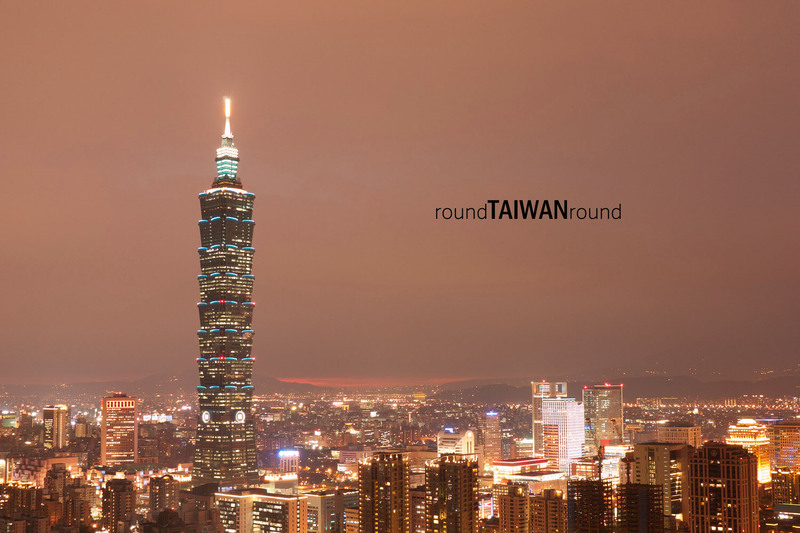
-
Jiufen (New Taipei City) – Nestled in the mountains east of Taipei, Jiufen’s narrow, lantern-lit lanes evoke nostalgic charm. Once a gold-mining town during the Japanese era, it now brims with tea houses, souvenir shops, and cinematic scenery that inspired “Spirited Away.”
💡 Travel Tip: Go early morning or late afternoon to avoid weekend crowds, and don’t miss the view from A-Mei Tea House overlooking the sea.
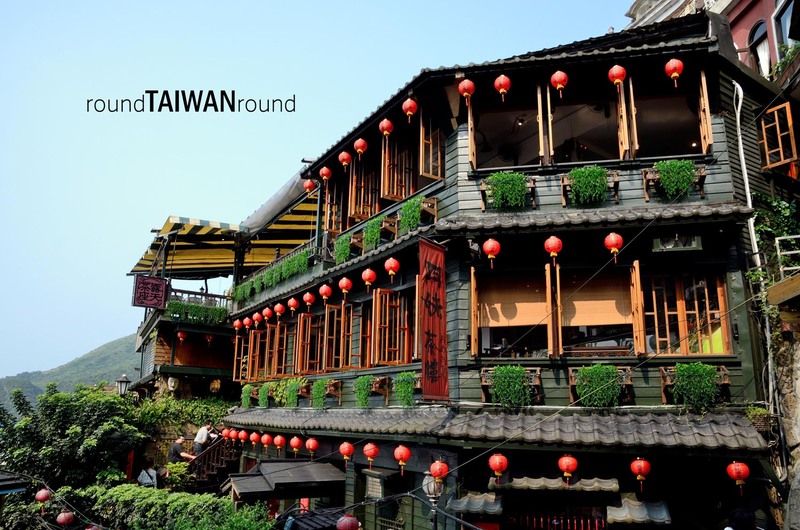
-
Shifen Waterfall (New Taipei City) – Often called “Taiwan’s Niagara Falls,” Shifen is the island’s broadest waterfall, cascading through lush forest. Nearby, the old railway line lets visitors release colorful sky lanterns carrying wishes.
💡 Travel Tip: Combine Jiufen and Shifen in a single-day trip using the Pingxi Line for a perfect balance of nature and nostalgia.
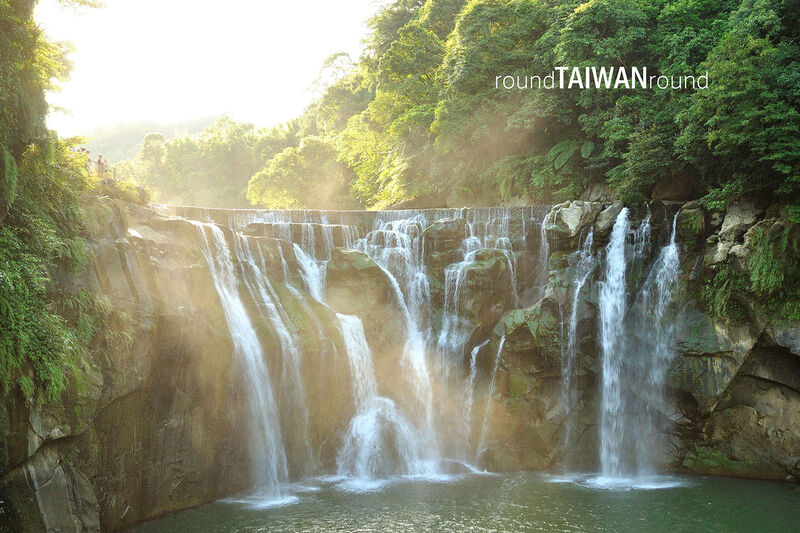
Central Taiwan — Sun Moon Lake, Gaomei Wetlands, Alishan National Scenic Area
-
Sun Moon Lake (Nantou County) – The largest and most iconic lake in Taiwan, shaped like a sun and a moon divided by a small island. Cycle the lakeside path, take a serene boat ride, or visit the Wenwu Temple for breathtaking views of the turquoise waters.
💡 Travel Tip: Stay overnight in Ita Thao Village to catch the sunrise shimmering across the lake, and try aboriginal millet wine and preserved plum tea sold by local shops.
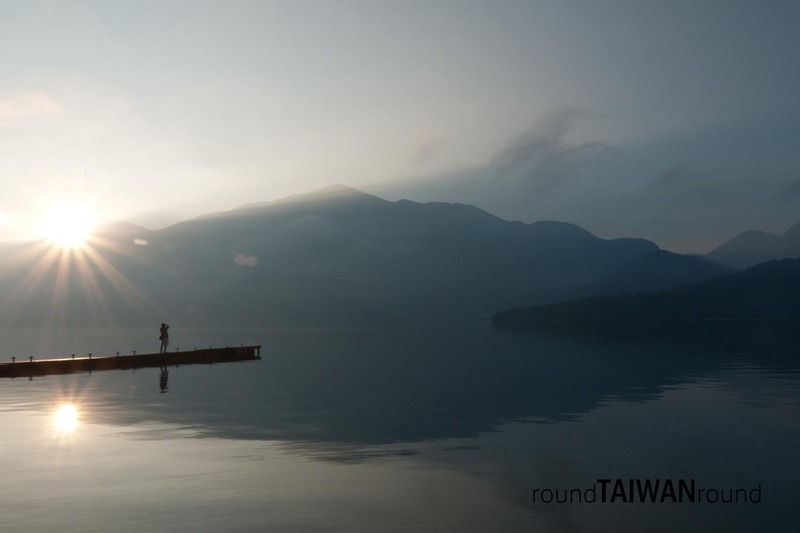
-
Gaomei Wetlands (Taichung City) – Located on Taichung’s western coast, Gaomei Wetlands is one of Taiwan’s most photogenic natural landmarks. The vast tidal flats stretch toward the horizon, dotted with towering white wind turbines that reflect beautifully at sunset. Wooden boardwalks allow visitors to walk safely into the wetlands to observe migratory birds and crabs in their natural habitat.
💡 Travel Tip: Arrive about an hour before sunset for the best golden-hour photos, and bring sandals if you plan to wade into the shallow waters when the tide is low.
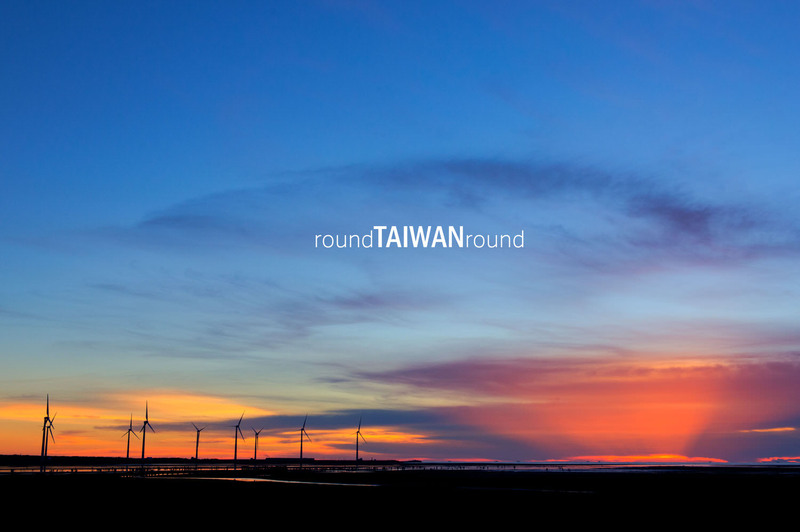
-
Alishan National Scenic Area (Chiayi County) – Often referred to as Alishan Recreational Park, this forest mountain resort is famed for its “Five Wonders”: sunrise, sea of clouds, forest railway, sacred trees, and cherry blossoms. The century-old Alishan Forest Railway climbs through misty cedar forests to the Zhushan Sunrise Viewing Platform, where golden sunlight spills over rolling clouds.
💡 Travel Tip: Stay one night in Alishan village to catch the early-morning train to Zhushan, and bring warm layers — even summer mornings can be cool at high altitude.

Southern Taiwan — Tainan Confucius Temple, Pier-2 Art Center, Kenting National Park
-
Tainan Confucius Temple (Tainan City) – Built in 1665, this is the oldest Confucian temple in Taiwan, symbolizing centuries of learning and scholarship. The temple’s red walls and tranquil courtyards invite quiet reflection. Nearby, visitors can explore the Blueprint Cultural & Creative Park and Shennong Street for local crafts and snacks.
💡 Travel Tip: Visit in the morning when the grounds are quietest, and join the Confucius Birthday Ceremony in late September if your trip coincides.

-
Pier-2 Art Center (Kaohsiung City) – Once an abandoned port warehouse area, Pier-2 now bursts with creativity. Giant sculptures, mural-covered walls, and weekend markets fill the district, while the Kaohsiung Light Rail connects easily to other Kaohsiung taiwan attractions like Love River and Cijin Island.
💡 Travel Tip: Go in the late afternoon, then cross to Cijin Island for sunset seafood dinner by the beach.
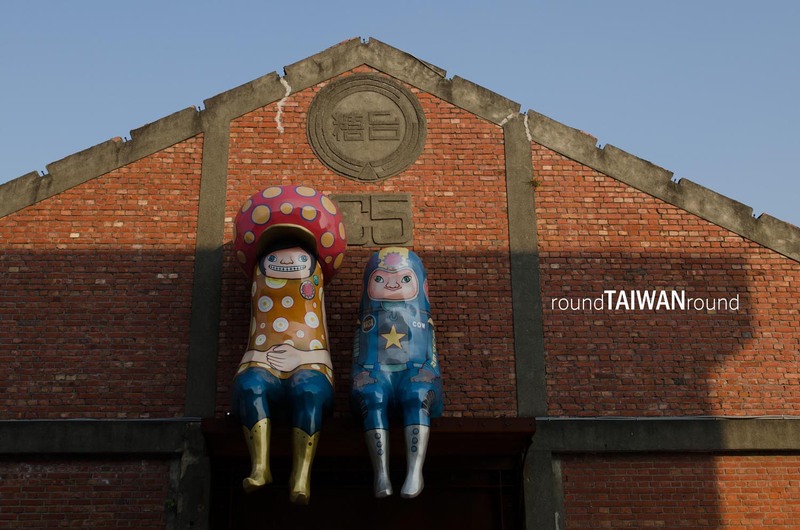
-
Kenting National Park (Pingtung County) – Taiwan’s first national park, located at the southern tip, offers a mix of white-sand beaches, coral reefs, and coastal cliffs. Visitors can swim, surf, or dive, and explore scenic spots like Eluanbi Lighthouse, Maobitou, and Longpan Park.
💡 Travel Tip: Rent a scooter to freely explore the coastal route, but bring sunscreen — the tropical sun here is strong year-round.
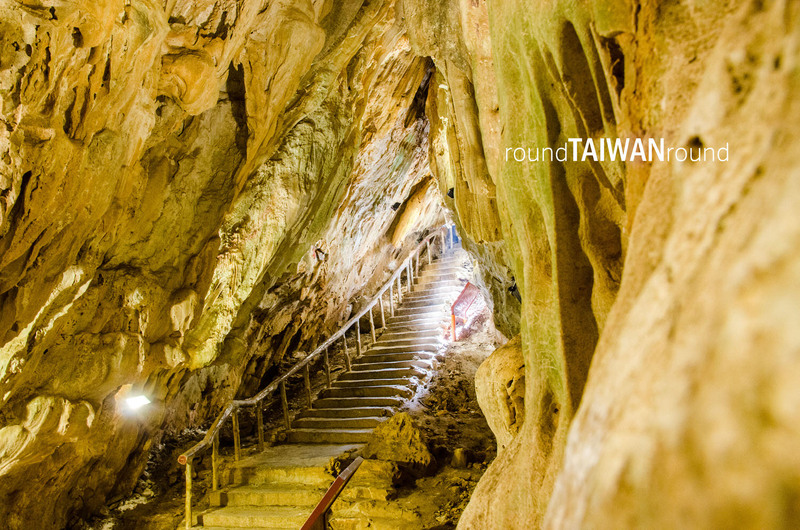
Eastern Taiwan — Taroko Gorge, Qixingtan Beach, Sanxiantai Bridge
-
Taroko Gorge (Hualien County) – Taiwan’s crown jewel of natural wonders, this marble gorge carved by the Liwu River offers dramatic cliffs, tunnels, and waterfalls. Don’t miss the Shakadang Trail for crystal-clear waters and the Eternal Spring Shrine nestled into the mountainside.
💡 Travel Tip:
- Start early and consider hiring a local driver or taking a tripool private transfer to explore multiple viewpoints in a single day safely.
- Make sure to check the official website for the latest updates before heading since taiwan typhoon or heavy rains might affect the condition of the sight.
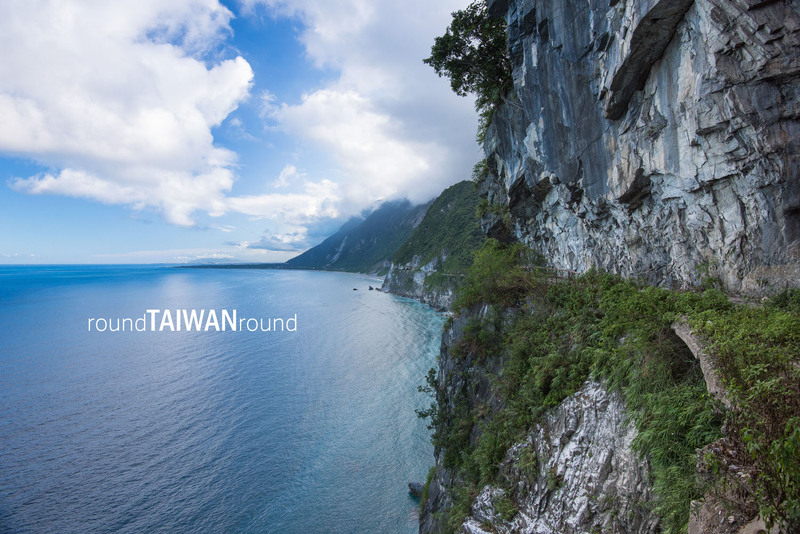
-
Qixingtan Beach (Hualien City) – A stunning crescent of smooth pebbles where the Pacific Ocean meets the Central Mountain Range. It’s ideal for a peaceful stroll, cycling, or stargazing at night.
💡 Travel Tip: Swimming is not recommended due to strong currents, but sunrise photography here is phenomenal.
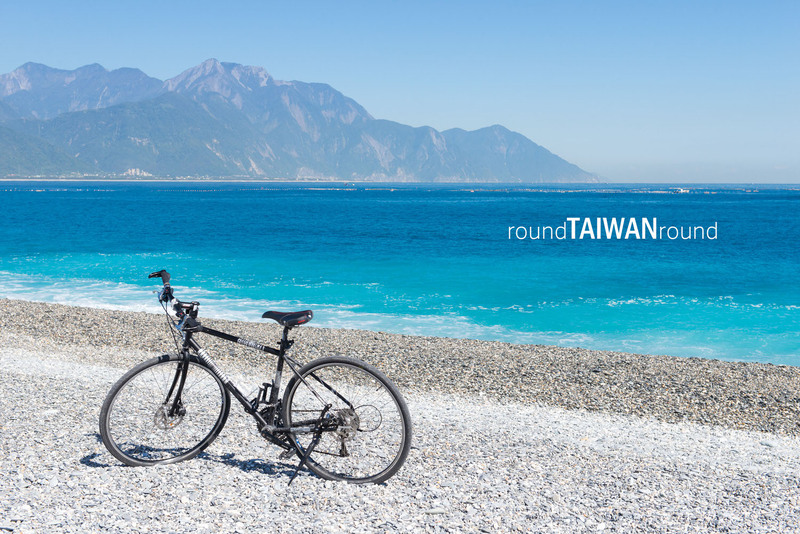
-
Sanxiantai Bridge (Taitung County) – Famous for its eight-arch design resembling dragon humps, this pedestrian bridge connects the coast to a small rocky island steeped in legend. The area is especially beautiful at sunrise when light glows through the arches.
💡 Travel Tip: Wear comfortable shoes — the volcanic terrain can be uneven — and bring a hat for protection from the coastal wind.
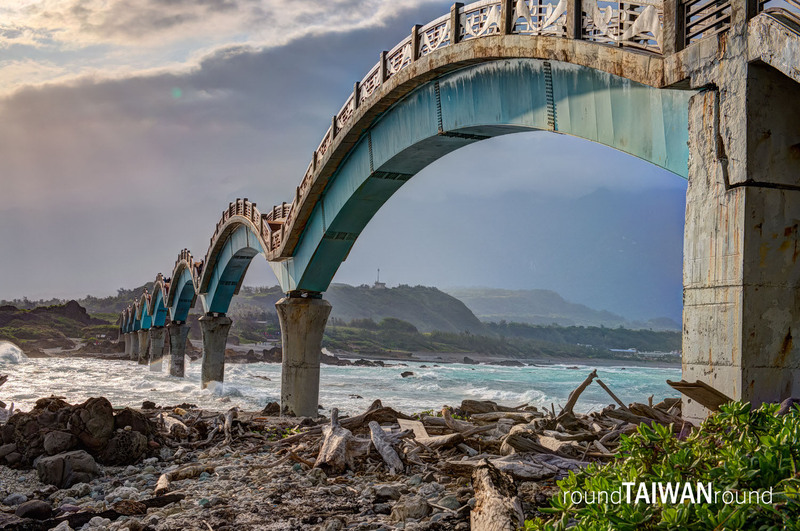
Offshore Islands — Penghu, Green Island, Kinmen
-
Penghu Islands (Penghu County) – A collection of 90 small islands scattered across the Taiwan Strait, Penghu boasts basalt cliffs, turquoise lagoons, and traditional fishing villages. Summer brings the Penghu International Fireworks Festival, while autumn offers peaceful beaches.
💡 Travel Tip: The islands are windy — pack light layers even in summer, and rent a scooter to explore the coastal trails.

-
Green Island (Taitung County) – A volcanic paradise known for snorkeling, diving, and one of the world’s rare seaside hot springs at Zhaori. The island’s small size makes it easy to circle in a day, revealing coral reefs, caves, and coastal views.
💡 Travel Tip: Bring reef-safe sunscreen to protect marine life, and rent an e-scooter for a relaxed island circuit.
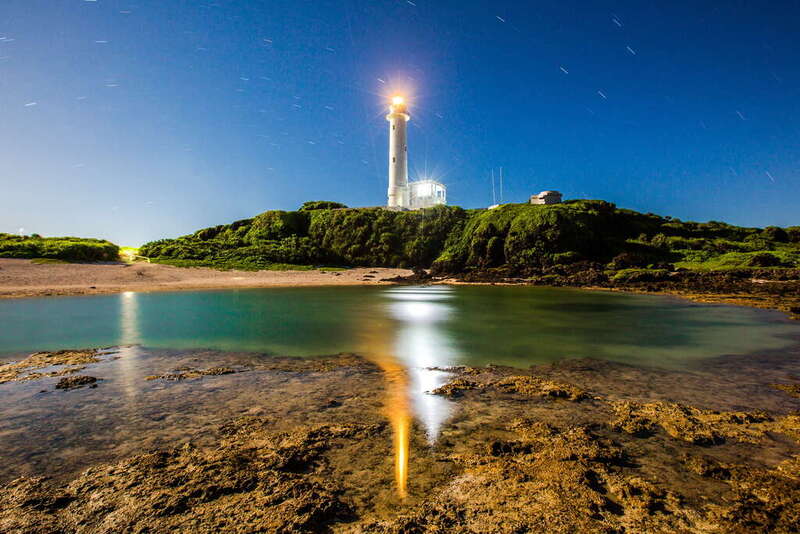
Source: East Coast Paradise -
Kinmen (Kinmen County) – Located just a few kilometers from China’s coast, Kinmen blends military history with traditional Fujian culture. Visitors can explore the Zhaishan Tunnel, old battlefield relics, and charming villages with distinctive red-brick houses.
💡 Travel Tip: Try Kinmen Kaoliang, the island’s famous sorghum liquor, and visit in spring when the countryside bursts into golden rapeseed blooms.

Taiwan Map for First-Time Visitors — Itinerary Suggestions
3-Day Itinerary (Taipei Highlights)
- Day 1: Arrive in Taipei, visit Chiang Kai-shek Memorial Hall, Ximending, and Taipei 101 at night.
- Day 2: Take a day trip to Jiufen and Shifen, releasing sky lanterns and enjoying mountain tea.
- Day 3: Relax at Beitou Hot Springs, visit the National Palace Museum, then shop in Shilin Night Market.
5-Day Itinerary (North to Central Taiwan)
- Day 1-2: Explore Taipei and nearby attractions.
- Day 3: Travel by THSR or book a tripool charter service to Taichung. Visit Rainbow Village, Miyahara, and Fengjia Night Market.
- Day 4: Day trip to Sun Moon Lake—take a boat ride or cycle the lake trail.
- Day 5: Return to Taipei or continue to Kaohsiung for urban art and harbor views.
7-Day Itinerary (Island Highlights)
- Day 1-2: Taipei city tour and northern day trips.
- Day 3-4: Head south to Alishan Recreational Park, then continue to Tainan’s temples and old streets.
- Day 5-6: Explore Kaohsiung’s Pier-2 Art Center, Lotus Pond, and take a day trip to Kenting.
- Day 7: Return via the east coast—visit Taitung and Hualien’s Taroko Gorge before returning to Taipei.
RTR Editor’s Note — Why the Taiwan Map Is More Than Just Geography
At Round Taiwan Round (RTR), we’ve spent years exploring every corner of Taiwan—from the misty peaks of Alishan to the coral reefs of Kenting. What we’ve learned is that the Taiwan map isn’t just a navigation tool—it’s a storybook. Every curve of the coastline, every mountain ridge, and every small town tells a story about resilience, hospitality, and harmony between nature and people.
When travelers first open a Taiwan map, most start with Taipei. But look deeper, and you’ll find lesser-known wonders:
- The tea villages of Pinglin, where misty mornings meet the scent of oolong.
- The east coast cliffs, where Pacific waves crash against marble walls.
- The southern fishing towns, where life moves gently with the tide.
Our editors often use the map to design personalized routes for travelers through Tripool, our custom transfer service. We’ve seen countless families, couples, and solo adventurers discover hidden corners they’d never find on standard itineraries.
The beauty of Taiwan lies in its accessibility. Within a few hours, you can travel from snow-capped mountains to tropical beaches, from bustling markets to tranquil temples. This diversity makes Taiwan unique not just in Asia, but in the world.
So next time you look at a Taiwan map, think beyond the routes and landmarks. See it as a living canvas of stories waiting to unfold—each destination connected not only by roads and railways, but by the warmth of the people who call this island home.
At RTR, we believe that every journey through Taiwan should feel authentic, effortless, and memorable. And that journey, like all great adventures, begins with a map.
FAQs About the Taiwan Map and Travel
Q: Is Taiwan easy to travel around?
Yes. Taiwan’s transportation system—THSR, TRA, MRT, and buses—is efficient and well-connected. Private car service like tripool and taxies are also very convenient.
Q: How long does it take to travel around Taiwan?
A full island loop can be completed in 7–10 days.
Q: Can I use one transportation card across the island?
Yes. The EasyCard or iPASS works for most buses, MRTs, and some trains.
Q: When is the best time to visit Taiwan?
Spring (March–May) and autumn (October–November) offer the best taiwan weather and scenery.
Further Reading:
Taiwan Weather Guide: Your Complete Travel Planning ResourceQ: Which region has the best beaches?
Kenting in the south and Penghu Islands are top choices for beach lovers.
Q: Is English widely spoken in Taiwan?
In major cities and tourist areas, yes — you’ll find that most signs, menus, and transportation guides are bilingual. Taiwanese is also a common taiwan language.
Q: Do I need a visa to visit Taiwan?
Citizens of many countries, including the U.S., Japan, and Singapore, enjoy visa-free entry for short stays.
Q: How do I get from Taipei to Taroko Gorge?
Take the TRA train to Hualien, then a local bus or tripool transfer to Taroko.
Q: When is Taiwan’s National Day, and how is it celebrated?
It’s held every October 10 (Double Ten Day). The main event in Taipei features a military parade, concerts, and evening fireworks, giving visitors a lively introduction to Taiwan culture and national pride.
Q: What currency is used in Taiwan?
Taiwan uses the New Taiwan Dollar (TWD or NT$). Cash is common, though cards are accepted in cities. You can withdraw or exchange taiwan money easily at airports, banks, and convenience store ATMs. Taiwan coins comes in handy, so make sure you prepare some especially when you visit night markets.
Q: Can I drive around Taiwan?
Yes, with an International Driving Permit. Roads are well-maintained, though parking can be tight in cities.
Q: What’s the must-have app for traveling Taiwan?
Google Maps, Taiwan Railways app, and the tripool booking app are traveler essentials.
Get a quote!
tripool service


